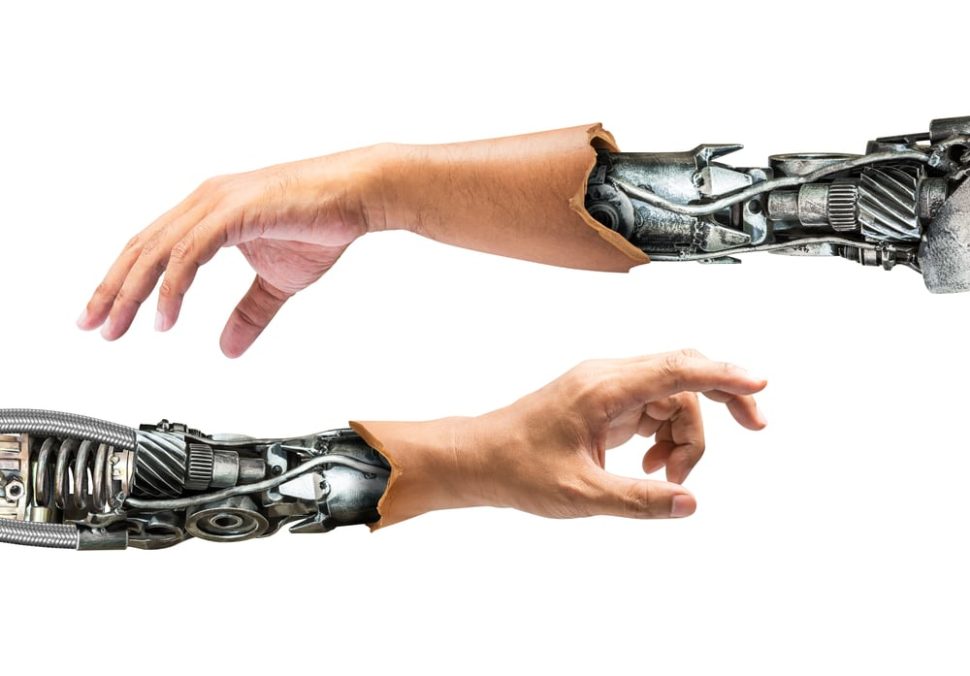It may sound strange, but hairy artificial skin may be the next step in the development of robotics.
You might not think that hair plays an integral role in how you experience the world. But for robots and inorganic future life forms, hair matters quite a bit.
Though we recently covered a Johns Hopkins University artificial skin for prosthetic hands, this one — believe it or not — is an entirely different artificial skin initiative.
What is this latest breakthrough and why is it so important for robotics development?

Smart Skin Patent for Self-Powered Sensors
University of Texas at Arlington researchers recently patented their new artificial skin system. It doesn’t involve any wiring to power the sensors — a feat that makes their project stand out from other artificial skin research.
Zinc oxide nanowire sensors enable this new technology.
They are only .2 microns thick as compared to human hair which is usually around 40 microns thick. When they make contact with objects, these nanowire sensors can detect temperature changes. They can also detect surface variations, as well.
A protective coating makes the nanowire sensors resistant to extreme temperatures, chemicals, shock, and moisture.
By combining these two objects, the research team created a “skin” that they drape over robots to retrofit any average robot to one with a sense of touch.
However, the concept of “hairy robots” is a bit disingenuous.
As you can in the image above, the skin resembles thin plastic or vinyl. The “hairs” are, in fact, so small that you can neither see or feel them.
Progress Still to Be Made Moving Forward
In progress since 2015, the team still has a ways to go before perfecting this tech.

Right now, the zinc oxide nanowires require a “clean room” in order to forego contamination.
Lead researcher Zeynep Çelik-Butler explained that this may not be a significant impediment since mobile clean rooms exist.
However, the technology could feature in “smart clothing”. If techwear trends prove right, that could make this technology very lucrative down the road.
The “skin” could also help sense toxic chemicals or be incorporated into biometric technology.

















Comments (0)
Most Recent